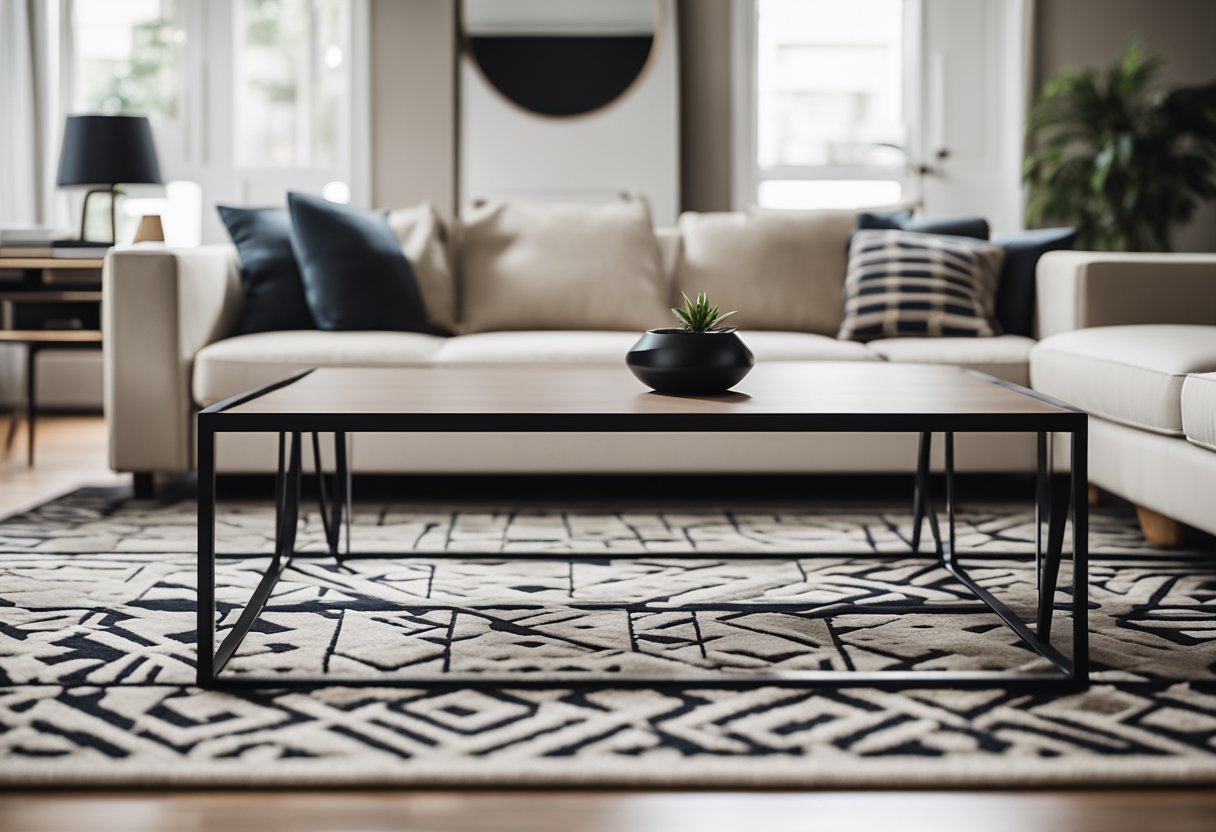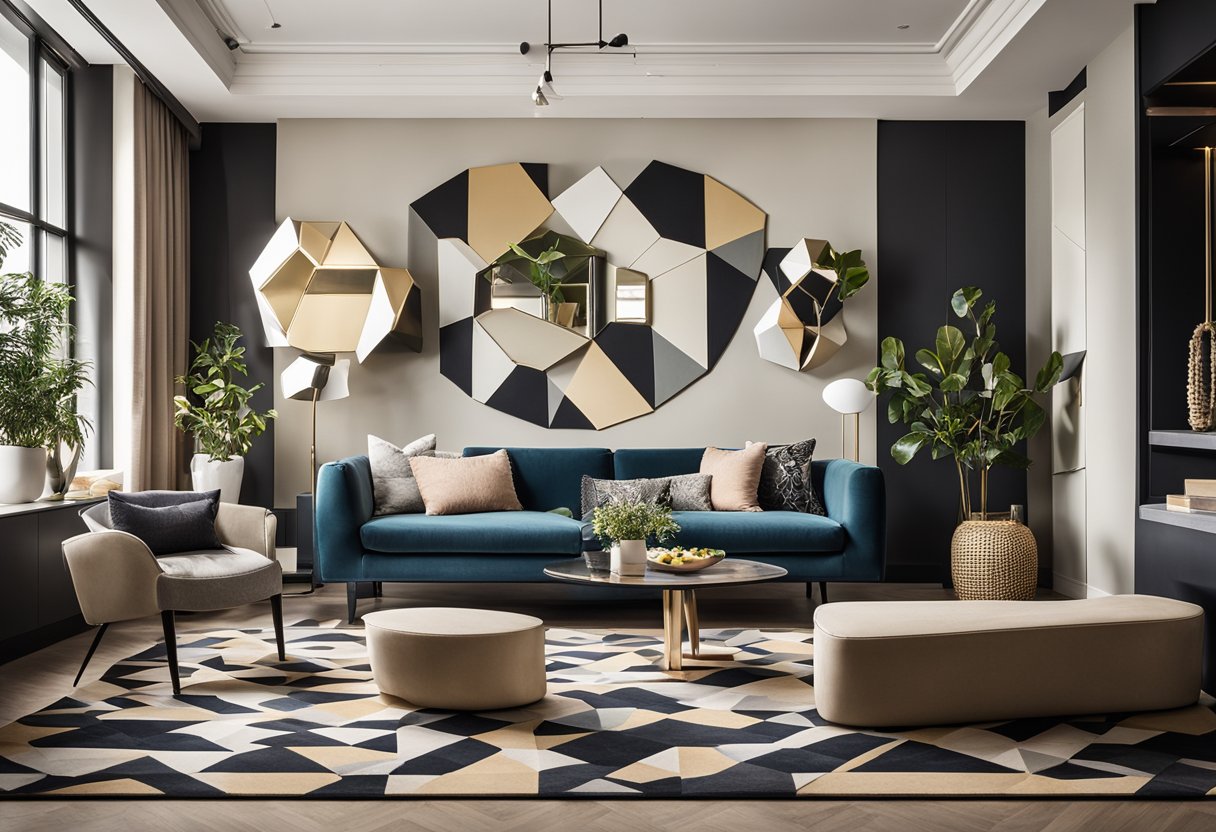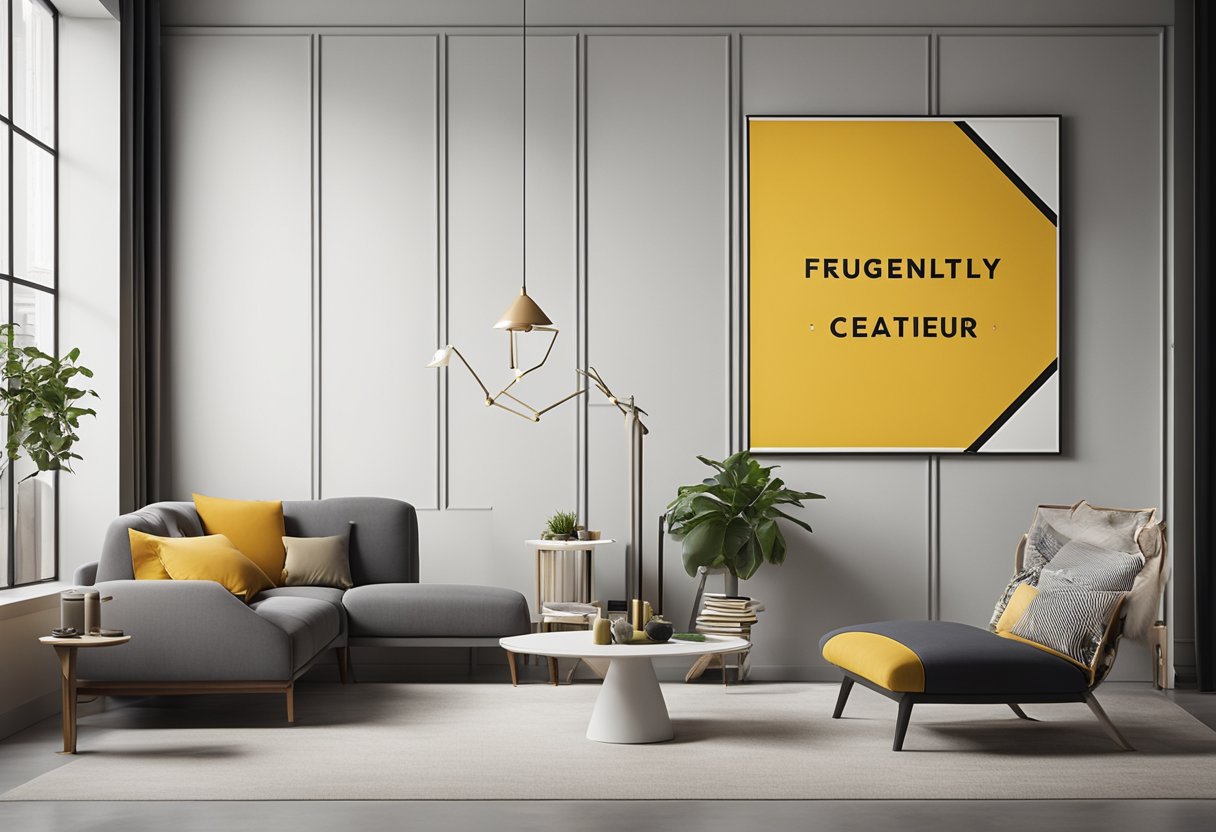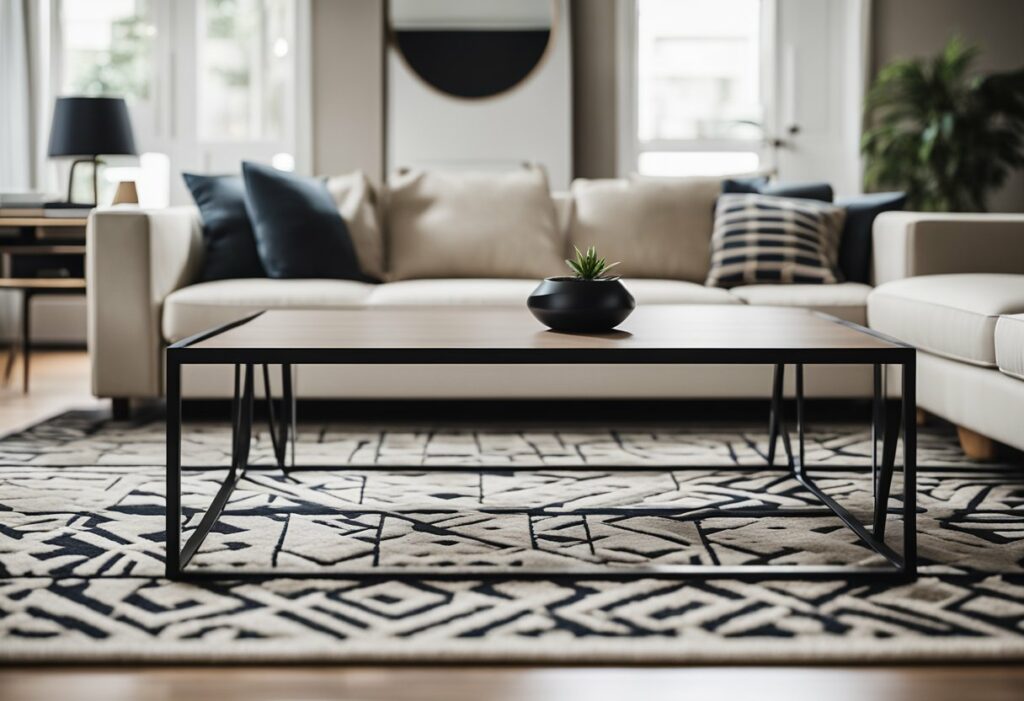Shape in Interior Design: How to Create a Visually Stunning Space
Shape in interior design is a crucial aspect that cannot be overlooked. The use of shapes and forms in interior design can greatly affect the mood and perception of a space. Whether you are looking to create a cozy and comfortable atmosphere or a sleek and modern one, the shape and form of your furniture, decor, and accessories can make all the difference.

The role of shape in interior design goes beyond just aesthetics. It can also influence the functionality and flow of a space. For instance, using curved or circular shapes can create a sense of movement and flow in a room, while angular shapes can add structure and definition. Understanding the psychology of shapes and how they can affect emotions and perceptions is key to creating a successful interior design scheme.
Key Takeaways
- Shapes and forms play a crucial role in interior design, influencing the mood and perception of a space.
- The use of curves and angles can affect the functionality and flow of a room.
- Understanding the psychology of shapes is essential for creating a successful interior design scheme.
The Role of Shape in Interior Design

When it comes to interior design, shape is a crucial element that should not be overlooked. Shapes can have a significant impact on the overall look and feel of a space. In this section, we will explore the influence of geometric and organic shapes in interior design, as well as the importance of functionality and aesthetics.
Influence of Geometric Shapes
Geometric shapes, such as squares, triangles, circles, hexagons, rectangles, and ovals, can add a sense of order and structure to a space. They are often used to create a sense of balance and harmony in interior design. For example, a room with a lot of rectangular furniture pieces can create a sense of stability and structure.
Moreover, geometric shapes can also add interest and movement to a space. By using abstract shapes in interior design, you can create a sense of depth and dimension. For instance, a wall with hexagonal tiles can add a unique and modern touch to a room.
The Impact of Organic Shapes
On the other hand, organic shapes are inspired by nature and are often fluid and smooth in design. They can add a sense of warmth and softness to a space. Organic shapes can be found in furniture pieces, such as curved sofas or circular coffee tables, and can create a sense of comfort and relaxation.
Organic shapes can also be used to create a focal point in a room. For example, a large, round mirror can draw the eye and add interest to a plain wall.
Functionality and Aesthetics
Finally, when it comes to shape in interior design, it is important to consider both functionality and aesthetics. Shapes should not only look good but also serve a purpose. For instance, a curved staircase can add a sense of elegance to a space while also serving as a functional element.
In conclusion, shape is a crucial element in interior design that can have a significant impact on the overall look and feel of a space. Whether you choose to use geometric or organic shapes, it is important to consider both functionality and aesthetics to create a harmonious and balanced design.
Implementing Shapes in Decor

When it comes to interior design, shapes are a crucial element that can help you transform your living space into a modern and dynamic environment. By using geometric patterns and forms, you can add depth and dimension to your decor, creating a focal point that draws the eye and enhances the overall atmosphere.
Furniture as a Form Element
One of the most effective ways to implement shapes in your decor is through furniture. Angular coffee tables and footstools can add a touch of creativity to your living room, while textured upholstery and bold patterns can create a sense of depth and dimension. When choosing furniture, look for pieces that incorporate geometric forms and shapes, such as hexagons or triangles, to add a modern touch to your interior design.
Textiles and Patterns
Another way to incorporate shapes into your decor is through textiles and patterns. Rugs, wallpaper, tiles, and curtains can all be used to add texture and depth to your living space. Geometric patterns, such as chevrons or stripes, can create a dynamic atmosphere, while bold colours can add a touch of vibrancy and energy.
Accessories and Accents
Finally, accessories and decorative accents can be used to add the finishing touches to your decor. Mirrors, artwork, cushions, and coasters can all be used to accentuate the shapes and forms in your interior design. Look for pieces that incorporate geometric patterns or shapes, such as hexagonal mirrors or triangular coasters, to create a cohesive and modern atmosphere.
Incorporating shapes into your decor can help you transform your living space into a dynamic and modern environment. Whether you choose to use furniture, textiles, or accessories, there are countless ways to add depth and dimension to your interior design using geometric forms and patterns. So why not embrace the latest trends in geometric interior design and transform your home today?
Frequently Asked Questions

How do geometric shapes influence interior design aesthetics?
Geometric shapes are essential elements in interior design. Their use can create a sense of order, balance, and symmetry in a room. The shapes can be used to create patterns, which can be repeated to create a sense of continuity throughout the space. The use of geometric shapes can also help to create a modern and contemporary feel.
What role do organic shapes play in creating a dynamic home environment?
Organic shapes are shapes that are found in nature, such as curves, waves, and irregular shapes. The use of organic shapes in interior design can create a sense of movement and flow. They can help to soften the hard edges of geometric shapes and create a more natural and relaxed feel. The use of organic shapes can also help to create a sense of harmony with the natural environment.
Why is understanding space crucial for effective interior design?
Understanding space is crucial for effective interior design because it helps to determine the layout and arrangement of furniture and accessories. The size and shape of the room, as well as the location of windows and doors, can all affect the way the room feels and functions. Understanding space can help to create a sense of balance and proportion in the room, as well as a feeling of openness and flow.
How can different types of form enhance the functionality of a room?
Different types of form can enhance the functionality of a room by creating spaces that are both visually appealing and practical. For example, the use of modular furniture can create flexible spaces that can be easily adapted to different uses. The use of built-in storage can help to maximise space and reduce clutter. The use of different forms, such as curves and angles, can also help to create a sense of movement and flow in the room.
In what ways do natural shapes contribute to the ambience of interior spaces?
Natural shapes, such as those found in plants and flowers, can contribute to the ambience of interior spaces by creating a sense of harmony with the natural environment. The use of natural shapes can help to create a calming and relaxing atmosphere, which can be particularly beneficial in areas such as bedrooms and bathrooms. Natural shapes can also help to soften the hard edges of geometric shapes and create a more organic and natural feel.
What are the fundamental elements of interior design that shape our living spaces?
The fundamental elements of interior design are space, line, form, texture, pattern, and colour. These elements work together to create a sense of balance, harmony, and unity in a room. Space is the foundation of interior design, while line, form, and texture help to create visual interest and movement. Pattern and colour can be used to create a sense of continuity and harmony throughout the space.



